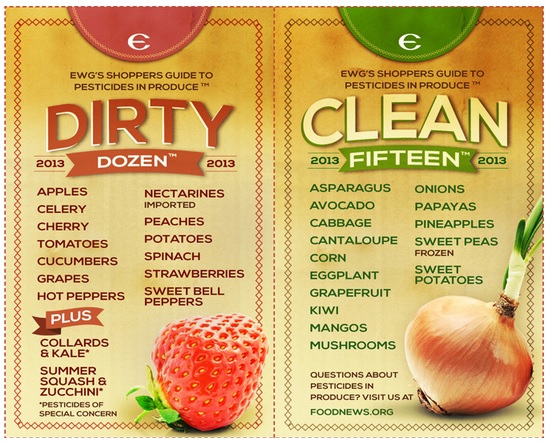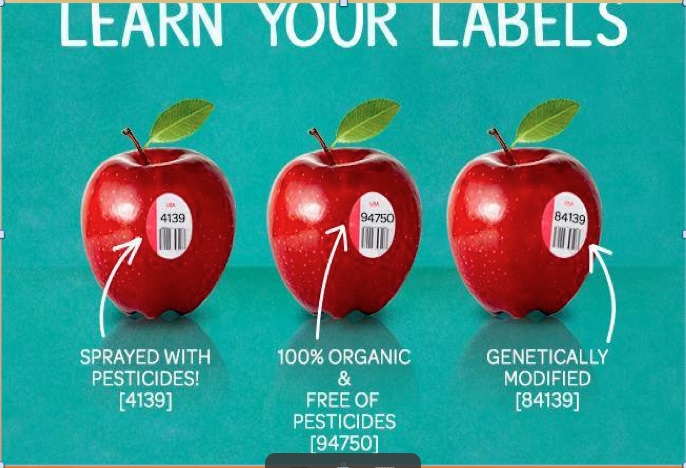Your Quick Thursday Breakdown: Decoding Produce Stickers

Produce stickers are formally known as PLU’s, or Price Lookup Codes. They are part of an informal international system used by grocers to make check out and inventory run smoothly. But as an informed consumer, they can help you, too; because those little stickers do more than just tell the checker how much to charge. They also let you know whether you’re eating a conventionally or organically grown item.
Here is the basic rundown of how to read PLU’s: all produce is assigned a 4-digit number in the 3000 or 4000 section. These 4-digit numbers are used for conventionally grown items. If something is organic, there is a prefix, beginning with 9, added to the front of the item to create a 5-digit code. So if you happen to be in a store with conventionally and organically grown items stocked next to each other and intermingled, you can check out the code yourself before you hit the register and find out that your avocado is more expensive than you realized because it is organically grown.
Also, the rumors are true! As of Sept. 3, the International Federation for Produce Standards (IFPS) released a statement confirming that produce marked with a prefix 8 was a GMO. However, “the prefix was never used at retail.” The 8 is now being recommissioned to “accommodate an increase in varieties of fresh produce items as they enter the market.” The press release says this won’t take affect for awhile, and also indicates that the 8 prefix will be used to mark conventional items. So, don’t be fooled. Many states have considered labeling for GMOs, but so far none have followed through as everybody waits for someone else to take the first step. Maine and Connecticut have passed legislature to require GMO labeling, but this has yet to go into effect. Until it does, look for labels that explicitly say non-GMO, or play it safe and buy organic—the only surefire way of knowing your produce is clean.
Produce codes can also tell you the type of produce, as well as where it was grown, but that requires more memorization skills than I can handle—just knowing the difference between organic and inorganic is enough for me. But–if you are into those kinds of details, check out the IFPS site, in charge of setting the codes and standards for PLU’s.

When it comes to your organic purchasing power, you should always go for the “dirty dozen”. It’s a list of the fruits and veggies—the bad apples so to speak–found to contain high amounts of harmful pesticides. Typically, the list is filled with produce that involves consuming the peel/rind (apples, celery, tomatoes, for instance). These items should always be bought organic. Some produce is considered safer than others, and is known as the “clean fifteen”–things like avocados and pineapples, where you don’t consume the peel/rind. Check out the Environmental Working Group’s (EWG) website for updated information on what to avoid buying conventionally—they update the list each year.


